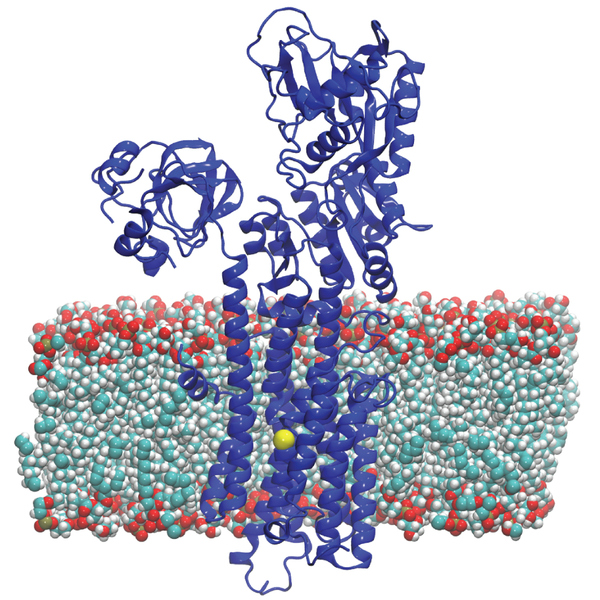About the scientific article
Irfan Prabudiansyah, Fredrik Orädd, Konstantinos Magkakis, Kevin Pounot, Matteo Levantino, Magnus Andersson. Dephosphorylation and ion-binding in prokaryotic calcium transport. Science Advances, 11 October, 2024. DOI: 10.1126/sciadv.adp2916



